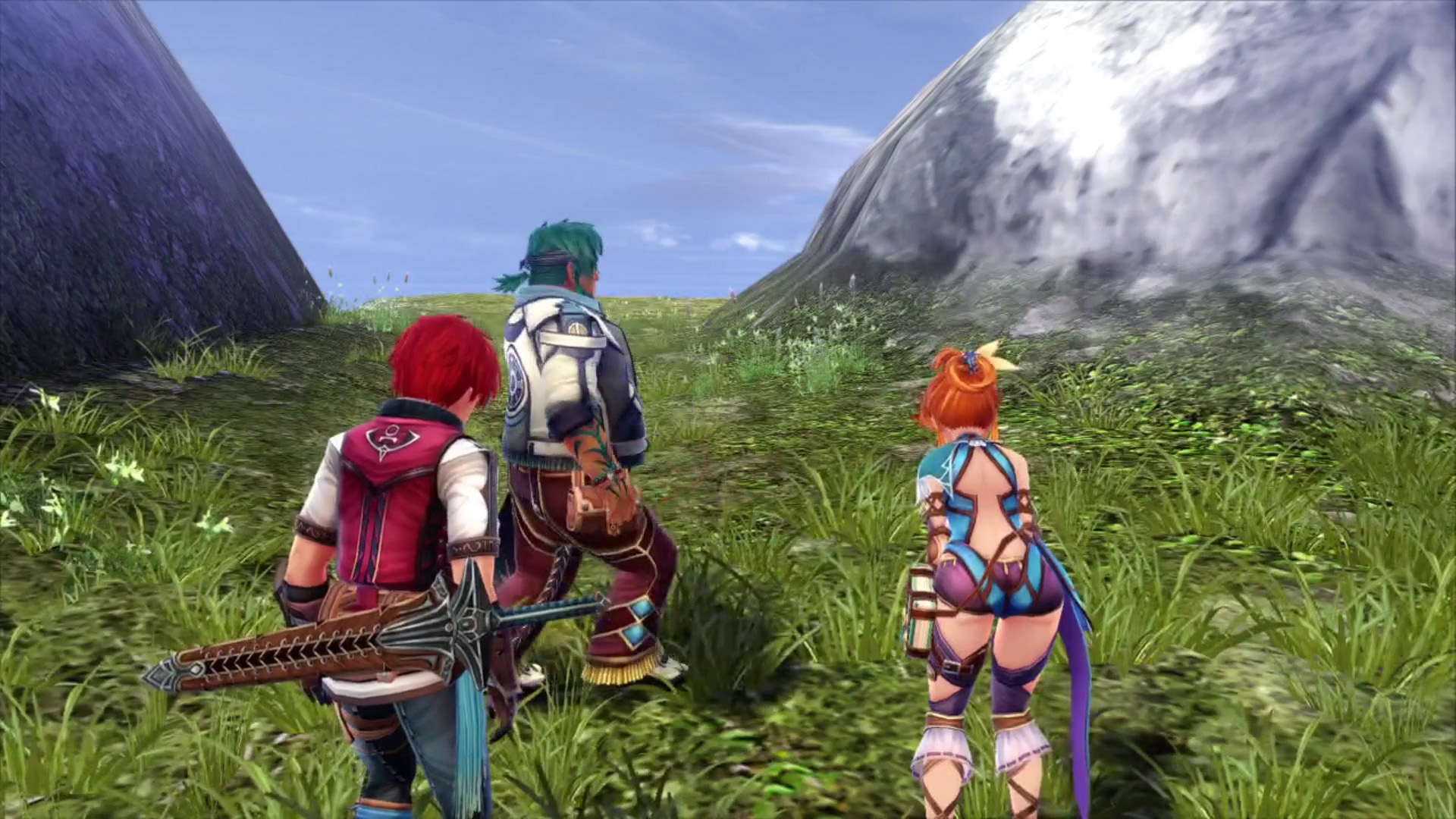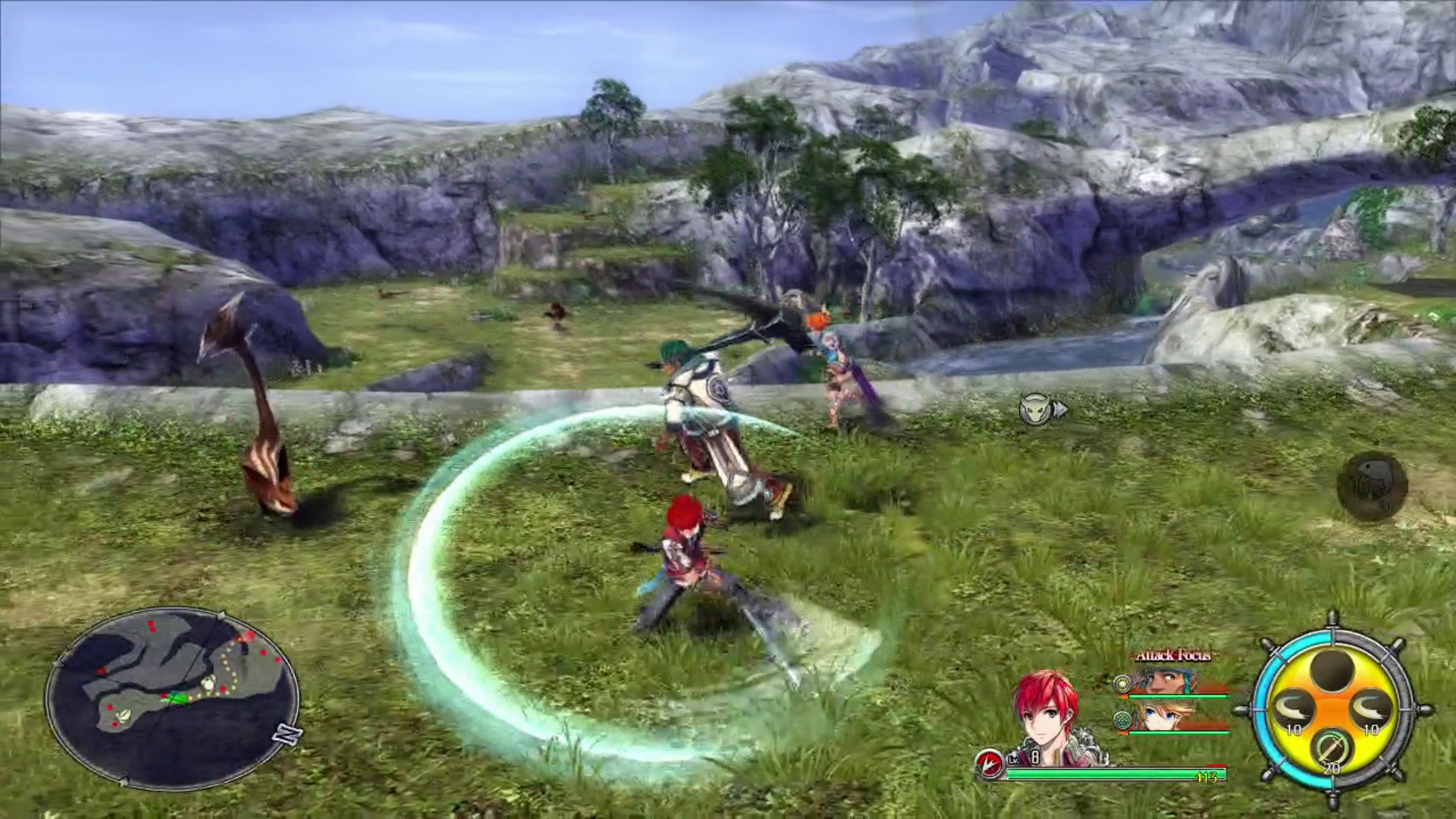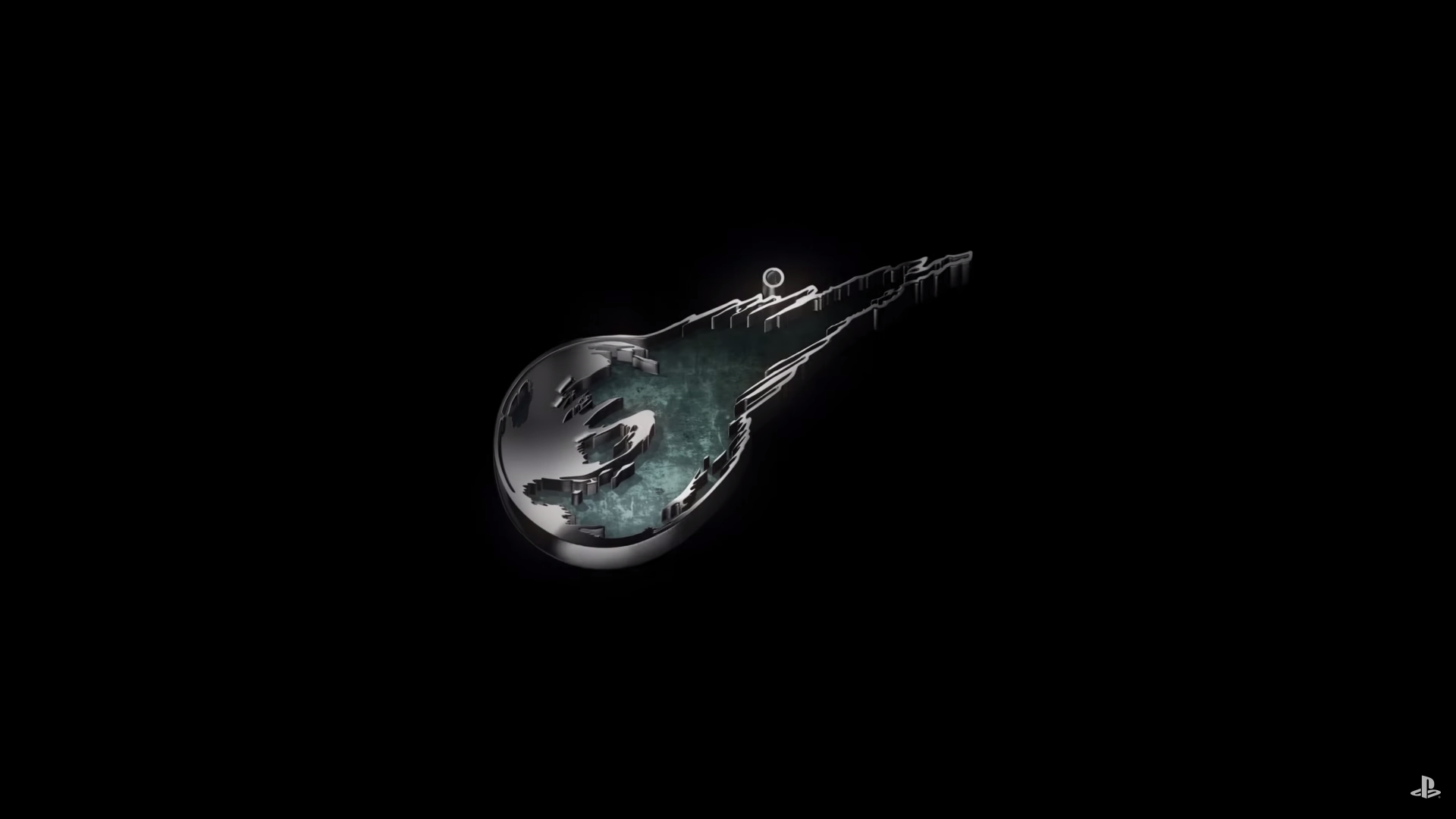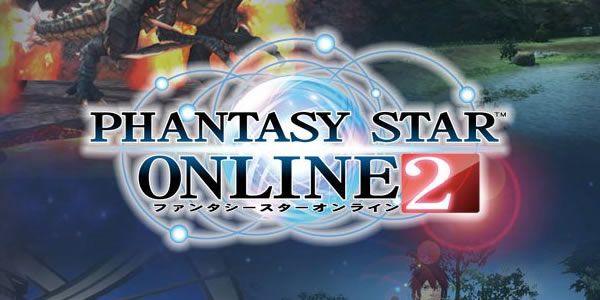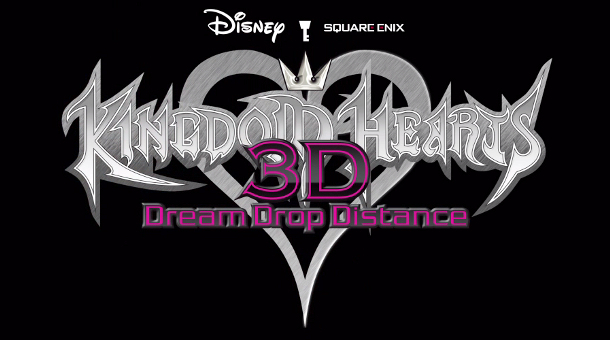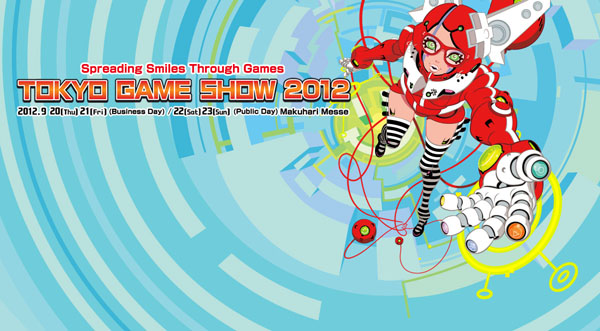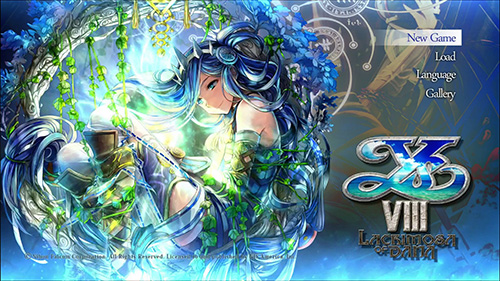
Final Fantasy. Mega Man. Metal Gear. Double Dragon. Phantasy Star. These are just some of the long-running video game franchises that started off all the way back in 1987. Many of the games in these series went on to become defining games across multiple generations, and all have a lasting legacy both inside and outside of Japan.
Falcom’s Ys series also began that year, but unlike those other titles, it never gained much prominence outside of its home country. Originating on the Japanese PC88 platform, and ported to just about every 8-bit and 16-bit system of the era, the early titles were an odd combination of Zelda-style exploration and an almost random combat system that involved walking into enemies and hoping you did more damage to them than they did to you. Over time, this evolved into a more conventional action RPG style, not unlike Zelda.
It wasn’t until Ys VI: The Ark of Napishtim in the early 2000s that the series made it to Australian shores. That game was a fairly thorough modernisation of the series, replacing the 16-bit graphics of its predecessor with the 3D power of the PS2 (the initial Windows version still used sprites for the characters, but the PS2 port improved on that version by using 3D models) and then later the PSP. Strangely enough, it was the success of the PSP port that convinced Falcom to port many of the earlier titles to Sony’s handheld. The next game in the series, the rather uninterestingly titled Ys SEVEN, was initially an exclusive for the PSP as well. These days all the earlier titles are available in one form or another on Steam, as is prequel title Ys Origin.
When it came time to produce the latest game in the series, Falcom decided to go with the PSP’s modern-day successor, the PS Vita. This explains much about how the PS4 version I’m looking at runs and operates. It uses simple models and textures, and each area is broken up into small sections to fit inside the limited memory of the handheld. The upside is that the game performs flawlessly on the more powerful hardware, delivering a continuous 60 frames per second and keeping the load times between areas to little more than a couple of seconds most of the time.
That’s good news too, because Ys VIII is a fast-paced ARPG with real-time combat and no random battles. The combat makes up for its lack of depth by being fun and satisfying, with a simple skill system that allows for strong attacks to be pulled off easily. In fact, it can sometimes be a bit too easy to fire off each character’s super moves, wasting a meter that can take a few minutes of fighting to build back up.
Unlike most other JRPG series, the story of the Ys series actually continues from game to game. It’s more a Zelda timeline than it is Game of Thrones. Series protagonist Adol Christin and his offsider Dogi were travelling onboard the Lombardia when it was destroyed by a mysterious sea creature. Finding himself shipwrecked on a strange, seemingly deserted island, Adol soon sets about rescuing other survivors. The survivors work together to build a small village and figure out the mysteries of this strange land.
If it sounds rather mundane compared to most JRPGs, which usually see heroes battling to save entire worlds, then, well, welcome to the Ys series. The stories the series tell have always been more limited in their scope, and usually involve Adol having a grand adventure. At most, he might save a kingdom or two, but it’s really small fare compared to, say, the average Final Fantasy game.
But that’s part of the charm of the series. Ys VIII reinforces this adventuring idea by having one of Adol’s main tasks be exploring and mapping out the mysterious island the Lombardia survivors find themselves on, as well as gathering resources and more survivors for the newly founded settlement. It’s good, clean adventuring fun, and the locations are all varied and interesting enough that exploration never gets boring.
It’s nice to sit down and play a game that’s as unashamed about what it is as Ys VIII. It’s not trying to set the world on fire, and it doesn’t aspire to the great heights of recent titles like Final Fantasy XV, Nier Automata or even Breath of the Wild. If you found those games too intimidating to take on, or perhaps you got fatigue from just how seriously they tend to take everything, then Ys VIII will be a refreshing change. Sure, you’ll have seen all of what it has to offer before, but there’s an earnestness about it that’s addicting and will keep you coming back for more.
Good clean JRPG fun
Bright, vibrant visuals
Music is up to Falcom's classic high standards
Special moves are too easy to accidentally pull off
Small areas mean lots of brief loading screens

